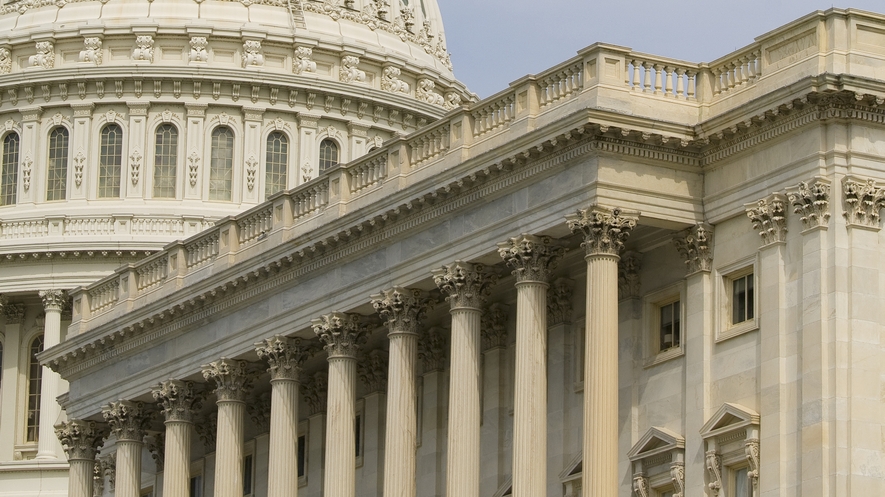Several provisions within the year-end budget bill to fund the U.S. federal government could lay the groundwork for increased research and investment in the Arctic. Included are provisions to spur construction of a Polar icebreaker, support research both onshore and offshore, and increase safety in Alaska’s waters.
The following summary of provisions was provided by Senator Lisa Murkowski of Alaska. Murkowski is chairman of the Senate Energy and Natural Resources Committee and the Interior Appropriations Subcommittee. She is also Co-chair of the Senate Arctic Caucus.
Improving Navigational Aid and Weather Forecasting
• Increases funding for NOAA to conduct hydrographic surveys (or sonar mapping) of the nation’s coastline. Attached to that funding is a provision from Senator Murkowski emphasizing the need for Arctic mapping and setting hard deadlines with the federal agencies responsible in the region.
• Senator Murkowski included a provision to examine the benefit that electronic navigational buoys would provide to vessels transiting the Arctic Ocean and Bering Sea.
• Requires the National Weather Service to identify any disparity in forecasting occurring in Alaska compared to the Lower 48, as well as to identify what resources are necessary to correct it. Alaska and the Arctic have some of the harshest weather in the nation, but also less forecasting than the Lower 48.
• Requires NOAA to identify the gaps in Arctic weather and sea ice observations as well as a strategy to minimize buoy outages in the future. Alaska suffers buoy outages that can take months if not years to correct. These buoys are needed for commercial fisherman, recreation, tourist vessels, and international commerce.
Investing in Arctic Infrastructure
Military Support
Arctic Awareness
For more information, click here.





